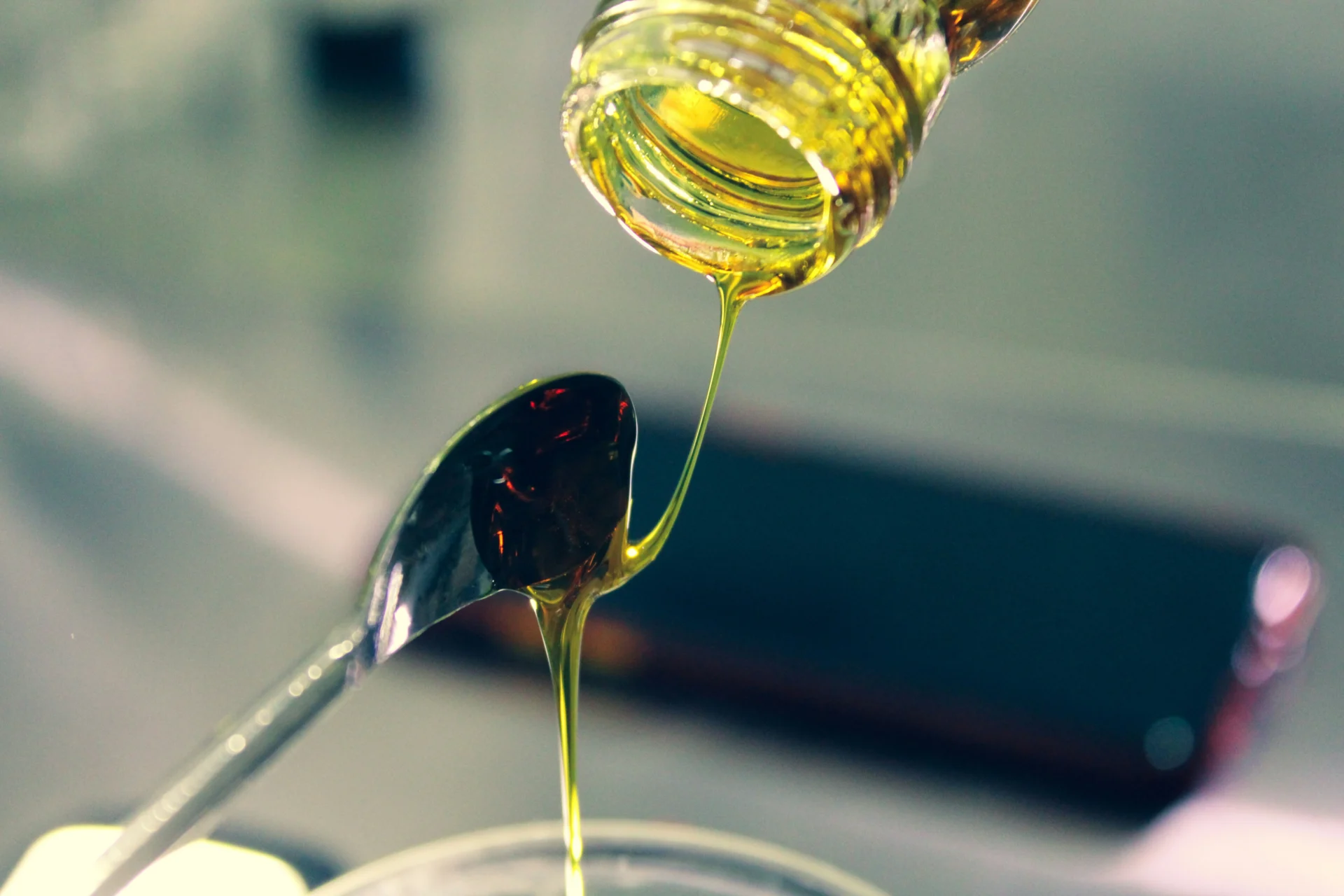Hexetidine is a common antiseptic and anti-fungal agent that is often found in oral care products such as mouthwashes and throat sprays. It is widely used to prevent and treat various infections in the mouth and throat, including gum disease and sore throat. Hexetidine’s effectiveness in killing bacteria and fungi makes it a valuable tool in maintaining oral hygiene and preventing the spread of infections. In everyday life, Hexetidine plays a crucial role in promoting overall oral health and reducing the risk of oral infections.
Table of Contents:
- 💡 Commercial Applications
- ⚗️ Chemical & Physical Properties
- 🏭 Production & Procurement
- ⚠️ Safety Considerations
- 🔬 Potential Research Directions
- 🧪 Related Compounds
💡 Commercial Applications
Hexetidine, a chemical compound with antifungal and antibacterial properties, finds application in both commercial and industrial settings. In commercial applications, Hexetidine is commonly used in mouthwash and oral care products due to its ability to kill bacteria and fungi, thus providing oral hygiene benefits. Additionally, Hexetidine is used in industrial settings as an antiseptic and disinfectant for various surfaces and equipment.
In the realm of drug and medication applications, Hexetidine plays a significant role in the treatment of infections such as oral thrush, gingivitis, and pharyngitis. Due to its antiseptic properties, Hexetidine is often included in mouthwash and throat spray formulations to help alleviate symptoms and combat bacterial and fungal infections in the oral cavity and throat. Furthermore, Hexetidine is sometimes used in combination with other active ingredients to enhance its antimicrobial effects and broaden its spectrum of activity.
⚗️ Chemical & Physical Properties
Hexetidine is a colorless liquid with a slightly sweet odor. It is commonly used as an antiseptic and disinfectant in oral care products due to its antibacterial properties.
The molar mass of Hexetidine is approximately 339.5 g/mol, with a density of about 1.07 g/cm³. In comparison to common food items, such as sugar and salt, Hexetidine has a higher molar mass but a lower density.
Hexetidine has a melting point of around 22-24°C and a boiling point of approximately 97-101°C. Compared to common food items like butter and chocolate, Hexetidine has a lower melting point and a higher boiling point.
Hexetidine is highly soluble in water and has a low viscosity. When compared to common food items like sugar and salt, Hexetidine has a higher solubility in water and a lower viscosity.
🏭 Production & Procurement
Hexetidine, also known by its brand names as Oral-B and Corsodyl, is primarily produced through a multistep chemical synthesis process. The production of Hexetidine involves the reaction of hexamethylenetetramine with acetaldehyde in the presence of hydrochloric acid, followed by a series of purification steps to isolate the final product.
Hexetidine can be procured from chemical manufacturers or pharmaceutical companies that produce oral care products. It is typically supplied as a concentrated solution or in solid form such as powders or granules. Purchasers can choose to transport Hexetidine by road, air, or sea freight depending on their geographical location and specific requirements.
The procurement of Hexetidine is subject to regulations regarding handling and transportation of hazardous chemicals. Buyers must ensure compliance with safety guidelines and regulations set forth by relevant authorities to ensure the safe delivery and usage of Hexetidine. Additionally, proper documentation and labeling must accompany the shipment to facilitate customs clearance and regulatory compliance.
⚠️ Safety Considerations
Safety considerations for Hexetidine include potential skin irritation, eye irritation, and respiratory irritation. It is important to handle Hexetidine with care, wearing appropriate personal protective equipment such as gloves and goggles. In case of skin contact, wash with soap and water; in case of eye contact, rinse thoroughly with water.
Hazard statements for Hexetidine include:
– May cause skin irritation
– Causes serious eye irritation
– May cause respiratory irritation
Precautionary statements for Hexetidine include:
– Wear protective gloves/eye protection/face protection
– IF ON SKIN: Wash with plenty of soap and water
– IF IN EYES: Rinse cautiously with water for several minutes.
🔬 Potential Research Directions
Research on Hexetidine, a broad-spectrum antiseptic, may explore its efficacy in treating various oral infections such as gingivitis and periodontitis. Studies could focus on the antimicrobial properties of Hexetidine and its potential role in preventing plaque formation and reducing oral cavity inflammation.
Investigations may also delve into Hexetidine’s usage in topical applications beyond oral care, such as in dermatological treatments. Research could assess its effectiveness in combating skin infections, such as fungal or bacterial infections, and its potential as a wound healing agent.
Furthermore, studies may examine the safety profile of Hexetidine and its potential interactions with other medications. Research could investigate the long-term effects of Hexetidine use, addressing concerns about potential resistance development and any adverse effects on overall oral health.
🧪 Related Compounds
One similar compound to Hexetidine based upon molecular structure is Cetylpyridinium. Cetylpyridinium is a quaternary ammonium compound with a chemical formula of C21H38NCl. It is commonly used as an antiseptic agent in oral hygiene products due to its effectiveness against bacteria and fungi.
Another compound with a similar structure to Hexetidine is Chlorhexidine. Chlorhexidine is a bisbiguanide compound with a chemical formula of C22H30Cl2N10. It is widely used as an antiseptic and disinfectant in various medical and dental applications due to its broad-spectrum antimicrobial properties.
Benzalkonium is yet another compound that shares a molecular structure resembling Hexetidine. Benzalkonium is a mixture of alkylbenzyldimethylammonium chlorides with varying chain lengths. It is commonly used as a preservative and antiseptic in personal care products and pharmaceutical formulations due to its antimicrobial activity against a wide range of microorganisms.








